- :eeds Leg
- Image of artwork by artist meshing sport and art by Dr Doug Sandle
- Leeds Leg
- Leeds Leg
Leeds Leg: How does running (dis)connect people across borders? 21 November Monday 2-4pm Leeds College of Art
FEEDBACK:
Dr Doug Sandle, BA. Phd. CPsychol. AFBPsS. FRSA. Chair: Fields of Vision, says: ‘Many thanks for inviting me today – it was a very good session overall, informative, interesting and well organised’.
PROGRAMME:
2pm: Welcome and scene-setting by Dr Kai Syng Tan, with welcome by Leeds College of Art Head of Research Dr Sam Broadhead
2:10pm: Chaired by Sarah Brown, Principal Keeper, Leeds Art Gallery. Sarah will kickstart the programme with a few questions and provocations. This will be followed by 5-10 minute provocations and position papers by:
- Stephanie Case (Free To Run) *As Stephanie cannot join us for the entire session, her presentation will be followed by a 5-10minute Q&A
- Dr Kai Syng Tan (Leeds College of Art, Research Fellow; RUN! RUN! RUN! International Body for Research Director)
- Dr Debbie Lisle (Queens University Belfast, Reader in International Relations, Director of postgraduate research)
- Dr Doug Sandle (Fields of Vision, Founder)
- Dr Lisa Stansbie (Leeds Beckett University, Dean, School of Art, Architecture & Design)
- Dr Karen Throsby (University of Leeds, Associate Professor, Faculty of Education, Social Sciences and Law)
3:35pm: Discussion
4pm: Exhibition tour by Sharon Bainbridge (optional).
*Dr David Hindley (Nottingham Trent University, Senior Lecturer, Sports Education) will be reviewing the event and writing an article http://runningtheline.tumblr.com/
After the event we will head to the oldest pub in Leeds, Whitelock’s (1715). Everyone is welcome to join us. Address: Turks Head Yard, Briggate, Leeds, LS1 6HB
BIOGRAPHIES, ABSTRACTS
Sarah Brown is currently Principal Keeper at Leeds Art Gallery. She is responsible for the overall programme at Leeds Art Gallery, including exhibitions, collections, commissions and public programme. In 2015 she was responsible for the opening and launch of British Art Show 8 at Leeds Art Gallery including major commissions with Yorkshire Sculpture Triangle, Martino Gamper, Turner Prize nominee Ciara Philips and Linder Sterling with Northern Ballet. She has curated solo shows with Bruce McLean, Becky Beasley, Fiona Rae and produced major commission by Nike Savvas, Shezad Dawood and Sonia Boyce. She has curated shows with Marlow Moss, Claude Cahun and Mary Martin, championing artists that are often overlooked. She has overseen major historic exhibitions including Henry Moore, Art and Life: exploring the work of Winifred and Ben Nicolson. Currently Leeds Art Gallery is closed for major work to the original 1888 Victorian roof and Sarah is working on the plans for collection displays, commissions and future exhibitions. These include an ArtFund Art Happens commission with Lothar Gotz and a major exhibition of Joseph Beuys.
Stephanie Case Free to Run
Stephanie will talk about running as more than just a sport through her work. ‘In places like Afghanistan, running for women and girls is used as an avenue to freedom, an act of defiance, a celebration of liberty, and a road towards equality. Getting women outdoors enables them to reclaim public space, which ultimately helps to shift the perception of gender roles in society. In our refugee program in Hong Kong, running is used as a rehabilitation tool for those suffering from past traumas. Many of our refugee participants have suffered torture and horrific abuses, and they don’t feel comfortable with more traditional psychotherapy. Instead, they are able to regain their strength and bond with others who have experienced similar pasts through sports. We have seen firsthand how running and outdoor sports bring people together across cultures and continents, helping to promote understanding, awareness and tolerance’.
Stephanie is a human rights lawyer and competitive ultra-runner. In 2009, she gave up a career in corporate law to pursue a passion for justice and a longstanding desire to assist some of the world’s most vulnerable populations. Since then she has traveled all over the world, working for organizations like the International Rescue Committee (IRC) in South Sudan, and the UN in Afghanistan. Stephanie has witnessed first-hand the harmful effects of conflict on communities, particularly for females. Sports of any kind are extremely limited or nonexistent due to a lack of resources and security issues. When they are available, women and girls are often restricted from participating due to widespread discrimination, and traditional beliefs about female roles. Stephanie founded Free to Run with the goal of providing running, fitness and outdoor adventure programs for women and girls from conflict-affected regions. As an avid ultra-runner, Stephanie has won or placed in a number of international running events, ranging from 250 km multi-day desert races to 100-mile non-stop mountain races. From her award winning blog, she offers humor, advice and inspiration to fellow runners. Stephanie currently works for the UN Office of the High Commissioner for Human Rights in Gaza. She serves as the President of Free to Run in a volunteer capacity.
Kai is a Research Fellow at Leeds College of Art, Fellow of the Royal Society of the Arts, AHRC Peer Review Member and 2017 International Commissions Panel member for Unlimited, a £2 million, three-year programme funded by Arts Council England and Creative Scotland. As visual director, artist and researcher, her work have toured 450 shows including dOCUMENTA, 8th ASEAN Para Games Ceremonies, and Biennale of Sydney, at MOMA, ZKM, ICA and Dom Muzyki et al. Upon completing her PhD at the Slade School of Fine Art, she founded the RUN! RUN! RUN! International Body for Research to explore running as a critical and creative toolkit to engage with the self, others, the city, technology and non-logocentric modes of thinking. Recognition includes the SFIFF Golden Gate Award and Japan Foundation artist-in-residency award. Her works are collected by the Museum of London, Wellcome Trust and Fukuoka Art Museum.
Kai will run through two works that use running as a tool to critically explore how we relate to others in an increasingly divisive world: 1) Migrant and/or Marathoner? Runner and/or Refugee? Escapee and/or Escapist? Who has the right to movement? Mimicking a grotesque board game, Certainly the Toughest UltraMarathon of Your Life(2015)depicts people evacuating Europe towards the ‘exotic’ south, along the way conquering obstacles with their athletics prowess, neoliberal money and time, and protein shakes. At the heart of the garishly-coloured work are her own hypocrisies as an artist and academic who has the choice, and privilege, to live her life on the run, to run, and to use running in her work. 2) Hand In Hand (2’15”, 2016) asks: Amidst a world in motion and commotion today, how could the individual activate their body in motion to create artistic interventions to connect and correlate with the world, other people and themselves? The film draws on a participatory work which was commissioned for the Fete de Tuiles (Festival of Tiles) in France, tethered people up with a ribbon she designed while they ran. The tethering was inspired by how blind runners run, while the design was a response to how asylum seekers in Cardiff had to wear red wristbands to seek food rations.
Debbie Lisle is a Reader in International Relations in the School of History, Anthropology, Philosophy and Politics at Queen’s University Belfast. Her work examines the intersections of travel, security, technology, mobility and visuality.
Exotic endurance: Tourism, fitness and the Marathon des Sables
This paper critically examines the intersections of global tourism and fitness in the Marathon des Sables, an annual ultramarathon in the Sahara desert in which over a thousand athletes run the equivalent of five marathons in six days. It demonstrates how the globalization of health and fitness resonates with familiar Western productions of exotic cultures for the purposes of tourist consumption. Of particular interest here is how established colonial asymmetries are recast in a neoliberal context as runners test their resilience, endurance and strength against an ‘extreme’ Saharan landscape. While the paper calls attention to these asymmetries, it is more concerned with troubling reductive colonial encounters in order to reveal their instability, heterogeneity and ambivalence. Indeed, the central conceit of the Marathon des Sables – that superior Western fitness regimes and technologies will dominate the race – is inverted by the overwhelming success of Moroccan runners and disaggregated by the biopolitical regulation of elite running bodies. These unexpected intersections of global tourism and fitness demand further attention because they reconfigure our received notions of who (and what) is capable of exerting agency in postcolonial encounters.
Dr. Doug Sandle, a chartered psychologist and Fellow of the Royal Society is a ‘retired’ researcher, and academic who taught art/design students the psychology of visual perception and aesthetics. More recently he is the founding Chair of Fields of Vision – a group of researchers, academics, and individuals from both arts and sport exploring and promoting the relationship between the two. As a school student, Doug ran for the Isle of Man and Lancashire and then for Leeds University, in both track and cross country. At 74 he is still running.
Fields of Vision
Doug will briefly discuss the work and programme of Fields of Vison, a grouping of academics, researchers and representatives from both the arts and sport who are interested in the relationship between the two. Although stereotypes of the artist and sport player suggest they inhabit different spheres and cultures, even acrimoniously, the arts have long been used to celebrate and express sport from the ancient Greek Olympic games to the modern Olympics. Both activities can share common aesthetic and philosophical concerns regarding physicality, the human body and embodied movement. Such extends beyond the traditional depiction and illustration of sporting events to include the semiotics of human movement, sport’s multi- sensory presence as a constructed spectacle, the imposing scale and theatricality of its many environments, the visual rhetoric and stylization of its equipment and apparel and the dramatic narratives of sporting encounter and competition. Contemporary arts practitioners are also making critical interventions into the politics and culture of sport. Doug will present a few examples including an art practice that has a wider cultural and global reference.
Lisa Stansbie is Dean of The School of Art, Architecture and Design at Leeds Beckett University and an artist and writer whose work crosses the disciplines of film, sculpture, installation, photography and digital practices. Stansbie has undertaken residencies and exhibited Internationally. Stansbie’s films have been shown at galleries, non-art venues and festivals all the way from from Bury, U.K to New York.Recent work crosses the disciplines of art and sport and investigates the narratives, processes, rituals and apparatus of endurance sports.
Guido Van Der Werve: Experiences of The Self in Art and Sport
“When I’m running my mind is blank and when I stop, I’m confronted once again with my thoughts, demons, and everyday life. For this reason I don’t run to finish, but see the finish line as a starting line for the next race.”
This presentation will discuss suffering in relation to endurance acts in both art and sport and the resulting aesthetic display of bodily suffering through documentation in contemporary art. The disciplined body (Foucault) in both art and sport is trained to tolerate suffering and the body is celebrated as defying its seemingly natural boundaries of endurance. This suffering is further normalised through the production of highly refined seductive constructed imagery (moving and still) in both art and sport. Dutch artist and triathlete Guido Van Der Werve uses autobiography, history and endurance sport in his work. He says of his own work around triathlon that he feels “he is at war with his body”. His work appears in many respects as a struggle with the self and the passing of time through physical effort, repetition and boredom, all of which he utilises in order to stimulate further creative ideas for artworks. The presentation will look at his work that tests notions of endurance through seemingly mundane feats such as “The Day I didn’t Turn with The World” (2007) and more engaged performance activities such as the annual running event Running to Rachmaninoff which has taken place for the last 5 years, a 55 km run from Manhattan to Rachmaninoff’s grave, involving 12 running participants. His work “Nummer veertien – Home” (2012) is very much seen as a culmination of his interests, and is staged as a lonely endurance 1000km triathlon, the film is structured in three parts to mirror the triathlon format.
References:
Jones, A (2012) Temporal Anxiety/Presence in Absentia: Experiencing Performance as Documentation, in Archaeologies of Presence: Art, Performance and the Persistence of Being, eds. Gabriella Giannachi,Nick Kaye, and Michael Shanks.London and New York, NY: Routledge. 197-221.
Magdalinski, T (2009) Sport, Technology and The Body: The Nature of Performance. London and New York, Routledge.
Markula, P & Pringle, R (2006) Foucault, Sport and Exercise: Power, Knowledge and Transforming the Self. London and New York, Routledge.
Associate Professor in the School of Sociology and Social Policy at the University of Leeds. Her research focuses on the intersections between gender, technology and the body. She is the author of Immersion: Marathon Swimming, Embodiment and Identity (Manchester University Press, 2016).
Immersion: boundaries and borders in marathon swimming
Marathon swimming is the sport of swimming long distances in open water wearing only a regular swimming costume, cap and goggles. The practice of marathon swimming is conventionally framed through the rhetorics of bodily boundaries and limits; demonstrably pushing at the body’s limits (through distance, cold or challenging conditions) is a key route to social belonging within the marathon swimming community. But marathon swimming also involves the literal crossing of borders and boundaries. An English Channel swim, for example, requires swimmers to pass through an international border – an act that in itself demands the privileges of mobility such as a passport and the freedom and financial capital to move freely between nations. For others – such as refugees and other migrants – these borders remain intransigently closed and closely guarded. This paper explores the role of borders and boundaries in the practice of marathon swimming, and asks how the freedom of swimmers to take those borders and boundaries as spaces of leisure can inform our thinking about those whose pressing desire for mobility is constrained by the selective imperviousness of embodied and material limits.
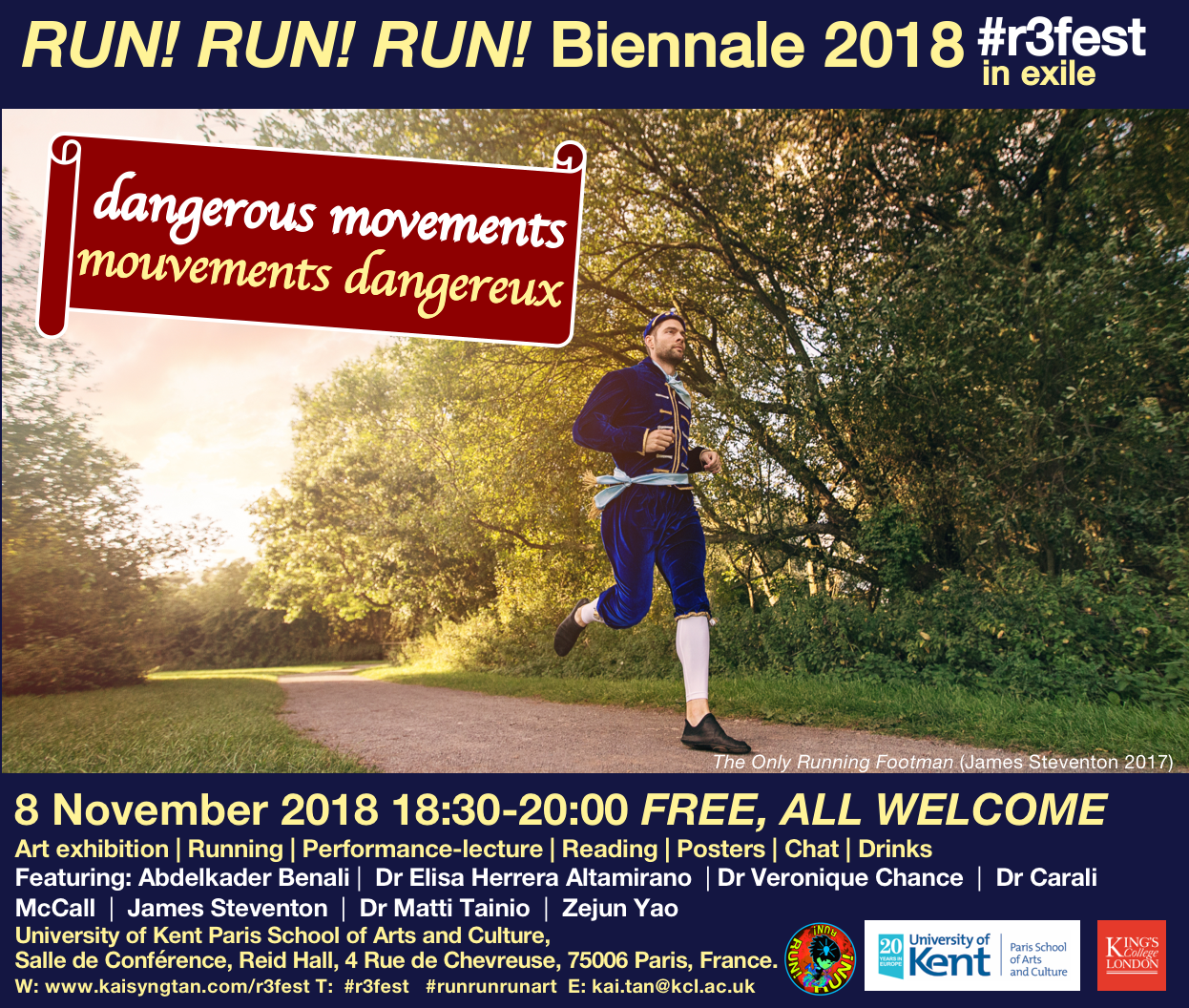
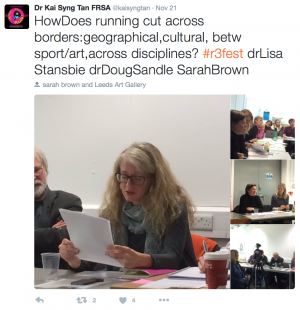
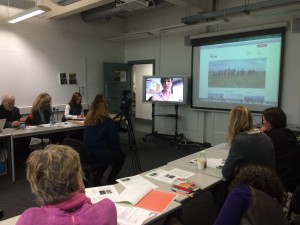

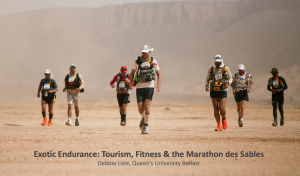
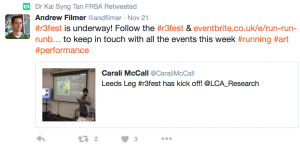
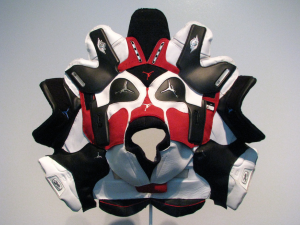
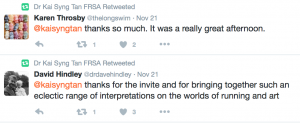
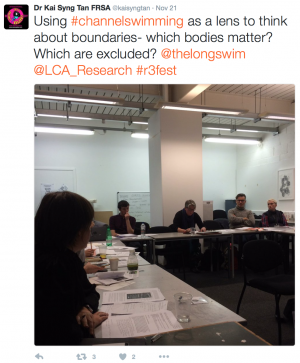
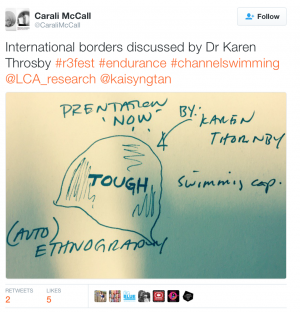
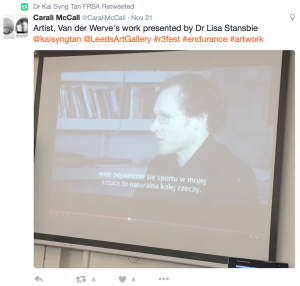
Leave a Reply